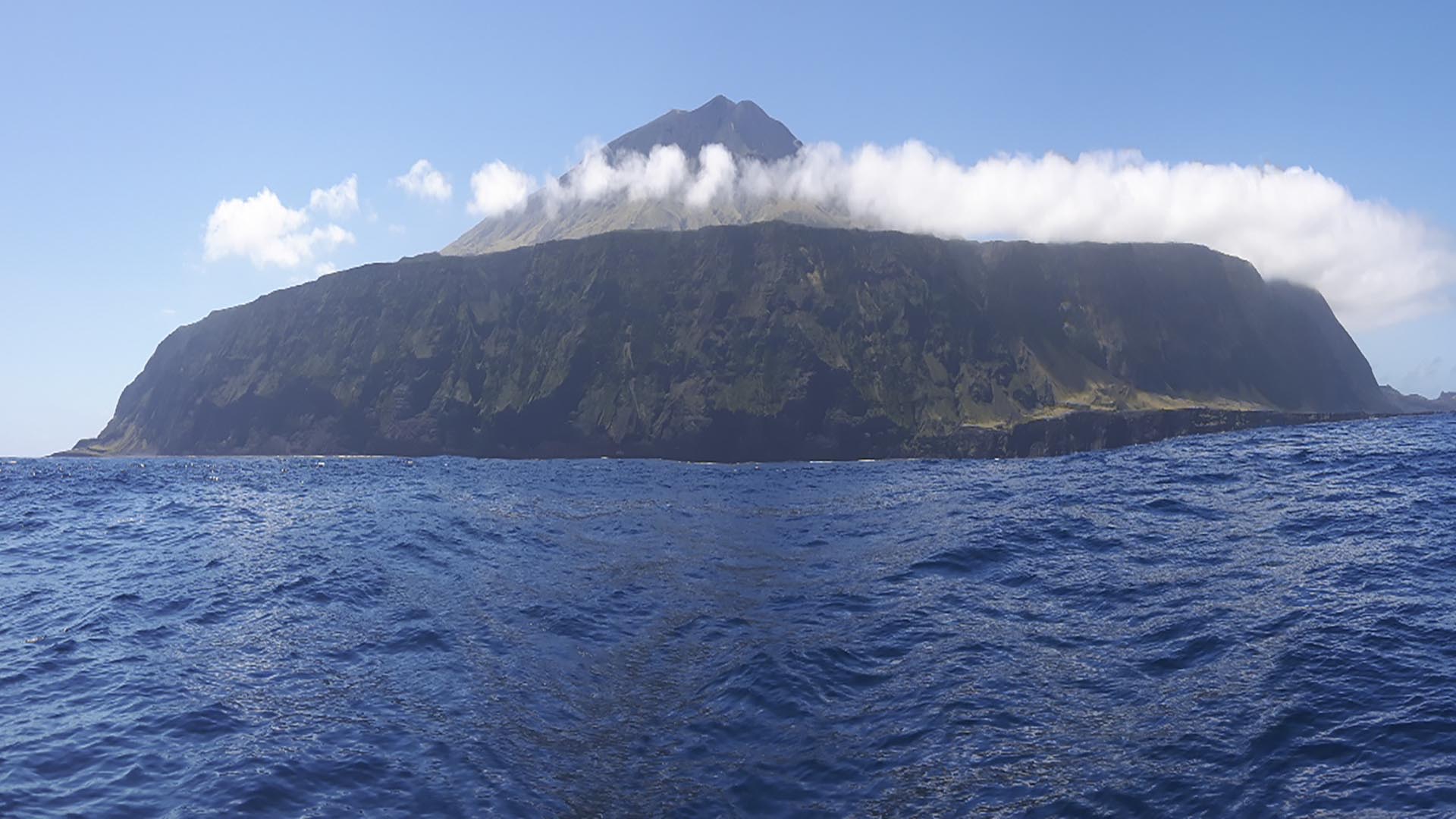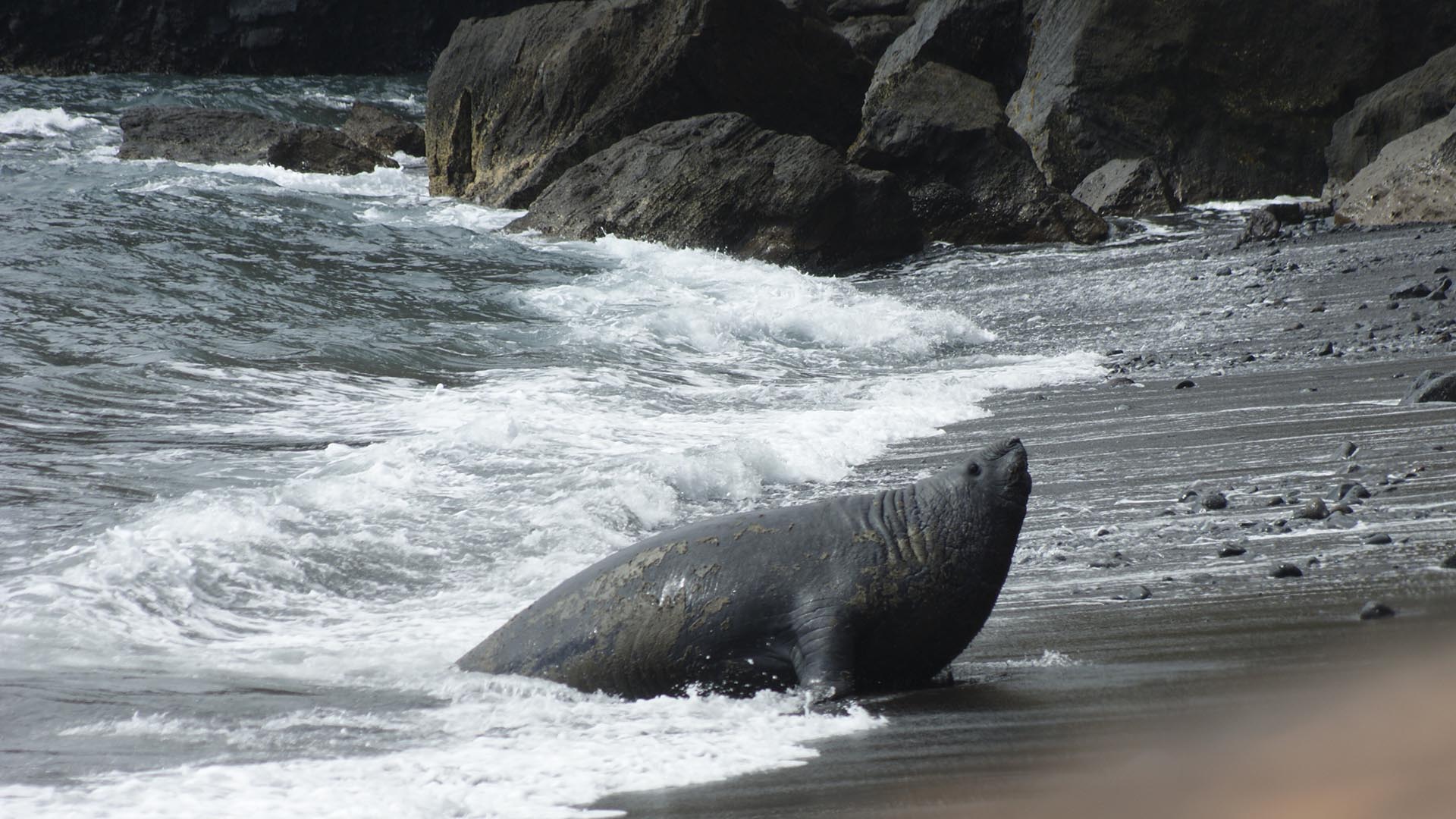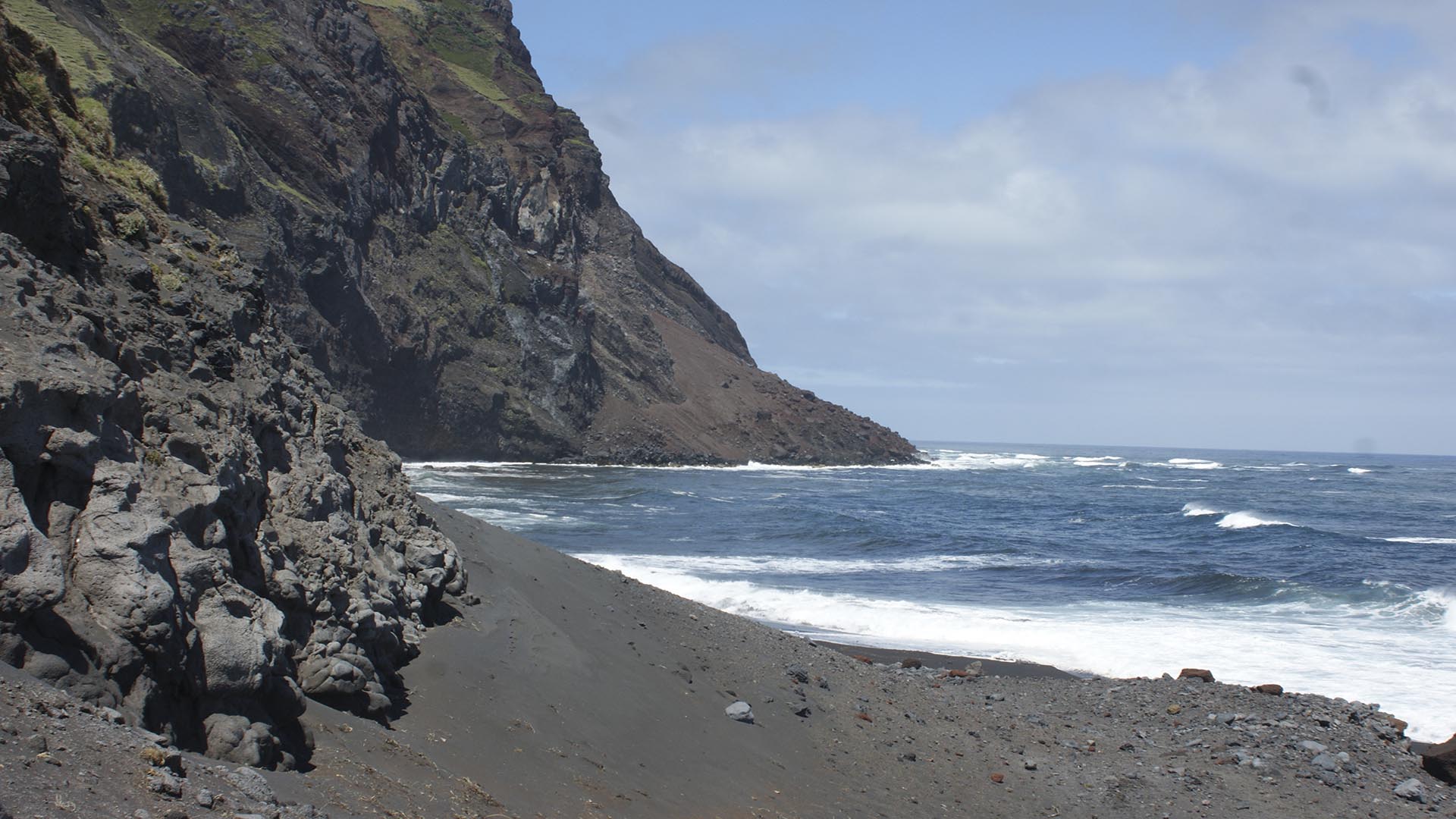Tristan da Cunha

Tristan da Cunha
Camogliesi in the Atlantic Ocean
The island of Tristan da Cunha is considered a distant neighborhood of our city.
An uncontaminated oasis where the descendants of two Camoglini sailors, Andrea Repetto and Gaetano Lavarello, who survived a shipwreck, still live today.
They bond between the island and Camogli is strong, and persists nowadays.
Tristan da Cunha
Camogliesi in the Atlantic Ocean

The island of Tristan da Cunha is considered a distant neighborhood of our city.
An uncontaminated oasis where the descendants of two Camoglini sailors, Andrea Repetto and Gaetano Lavarello, who survived a shipwreck, still live today.
They bond between the island and Camogli is strong, and persists nowadays.
THE SHIPWRECK OF “ITALIA”
It was August 3, 1892 when the “Italia” brigantine, loaded with the brand of hard coal embarked in London, had left for South Africa. It was built in Varazze, in 1882, in the B. Cerruti shipyard, on behalf of the shipowners Michele and Andrea Dall’Orso from Chiavari.
Captain Perasso, from Chiavari, begun the journey following the usual course in the North Sea; On 28 September, the crew spotted greenish smoke coming from the hold, which was loaded with coal. The cargo was on fire.
Captain Perasso immediately guessed the great danger; a wooden hull offers no protection from fire. Upon examining the maps, he discovered an island nearby, the island of Tristan da Cunha, and decided to order the crew to prepare to abandon the ship.
The final order given to the crew was to push the ship to maximum speed for the remaining meters from ashore, aiming at getting the ship past the shallows and onto the shore. This maneuver succeeded in a safe landing and the islanders rushed to help.

THE SHIPWRECK OF “ITALIA”
It was August 3, 1892 when the “Italia” brigantine, loaded with the brand of hard coal embarked in London, had left for South Africa. It was built in Varazze, in 1882, in the B. Cerruti shipyard, on behalf of the shipowners Michele and Andrea Dall’Orso from Chiavari.
Captain Perasso, from Chiavari, begun the journey following the usual course in the North Sea; On 28 September, the crew spotted greenish smoke coming from the hold, which was loaded with coal. The cargo was on fire.
Captain Perasso immediately guessed the great danger; a wooden hull offers no protection from fire. Upon examining the maps, he discovered an island nearby, the island of Tristan da Cunha, and decided to order the crew to prepare to abandon the ship.
The final order given to the crew was to push the ship to maximum speed for the remaining meters from ashore, aiming at getting the ship past the shallows and onto the shore. This maneuver succeeded in a safe landing and the islanders rushed to help.
The residents of Tristan da Cunha, a hundred people of different races, were used to living in a uncontaminated and isolated environment, making the most of all the resources that nature offered them.
The crew, made up of Ligurian sailors used to earning their daily bread, to honor the saying “Mainà nu ghe travaggio che u nu sagge fa”, immediately set to work to return the hospitality. With the wood recovered from the wreck, the crew built a sidewalk along the only road of the island, lined with simple shacks, to avoid stepping on the mud during the rainy season. Later they installed fences to house livestock (especially cows and sheep to get milk, wool and fertilizer for the cultivation of potatoes, one of the basic sources of sustenance for the islanders) and began to teach the islanders the use of nets and lines recovered after the shipwreck.
In the few months spent on the island, our sailors worked side by side with the islanders to improve living conditions and encourage the development of their businesses. Two of them found love and decided to stay on the island, continuing their legacy: Andrea Repetto and Gaetano Lavarello.
Thanks to the journalist Josè Crovari, Camogli began an exchange of information that lasted for a long time, allowing us to follow – we can say “daily” – life on the island.
Later we sent a first aid kit in use on the ships and one day we received the photo of the “Camogli Hospital”. And how can we forget the arrival of the Chief in Camogli?
Even now we continue to write emails to Tristan’s friends, convinced that a part of the heart of our city has “emigrated” to a remote island in the Atlantic. Gianfranco Repetto, descendant of one of the castaways, visited the island in 2019. Through his photo diary we can get an idea of how the island looks today.

The residents of Tristan da Cunha, a hundred people of different races, were used to living in a uncontaminated and isolated environment, making the most of all the resources that nature offered them.
The crew, made up of Ligurian sailors used to earning their daily bread, to honor the saying “Mainà nu ghe travaggio che u nu sagge fa”, immediately set to work to return the hospitality. With the wood recovered from the wreck, the crew built a sidewalk along the only road of the island, lined with simple shacks, to avoid stepping on the mud during the rainy season. Later they installed fences to house livestock (especially cows and sheep to get milk, wool and fertilizer for the cultivation of potatoes, one of the basic sources of sustenance for the islanders) and began to teach the islanders the use of nets and lines recovered after the shipwreck.
In the few months spent on the island, our sailors worked side by side with the islanders to improve living conditions and encourage the development of their businesses. Two of them found love and decided to stay on the island, continuing their legacy: Andrea Repetto and Gaetano Lavarello.
Thanks to the journalist Josè Crovari, Camogli began an exchange of information that lasted for a long time, allowing us to follow – we can say “daily” – life on the island.
Later we sent a first aid kit in use on the ships and one day we received the photo of the “Camogli Hospital”. And how can we forget the arrival of the Chief in Camogli?
Even now we continue to write emails to Tristan’s friends, convinced that a part of the heart of our city has “emigrated” to a remote island in the Atlantic. Gianfranco Repetto, descendant of one of the castaways, visited the island in 2019. Through his photo diary we can get an idea of how the island looks today.




































